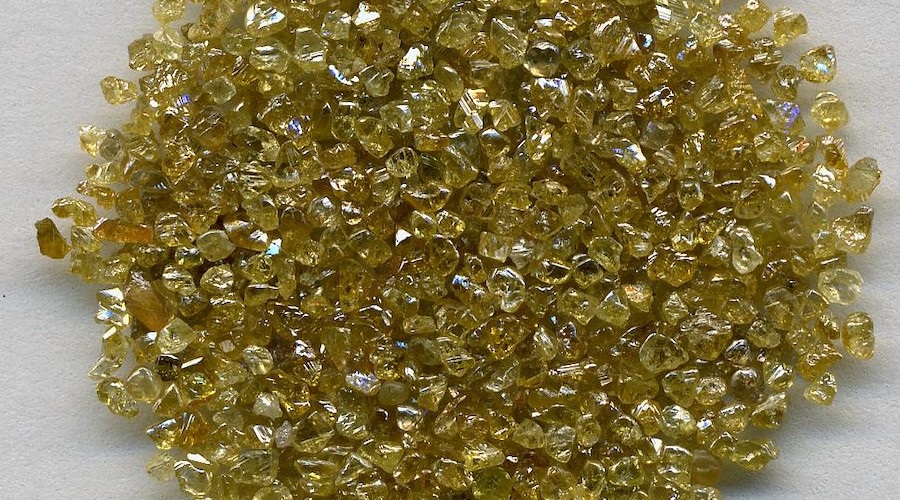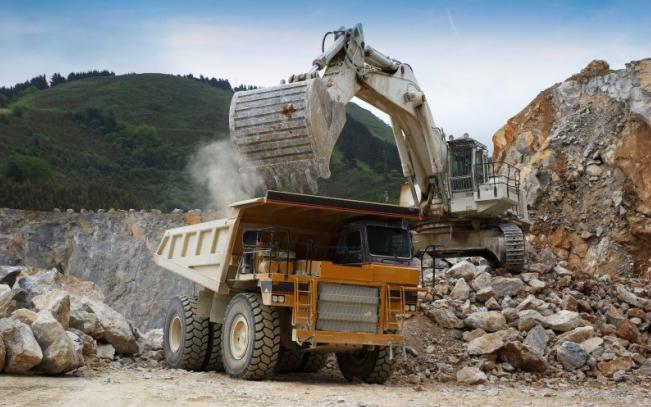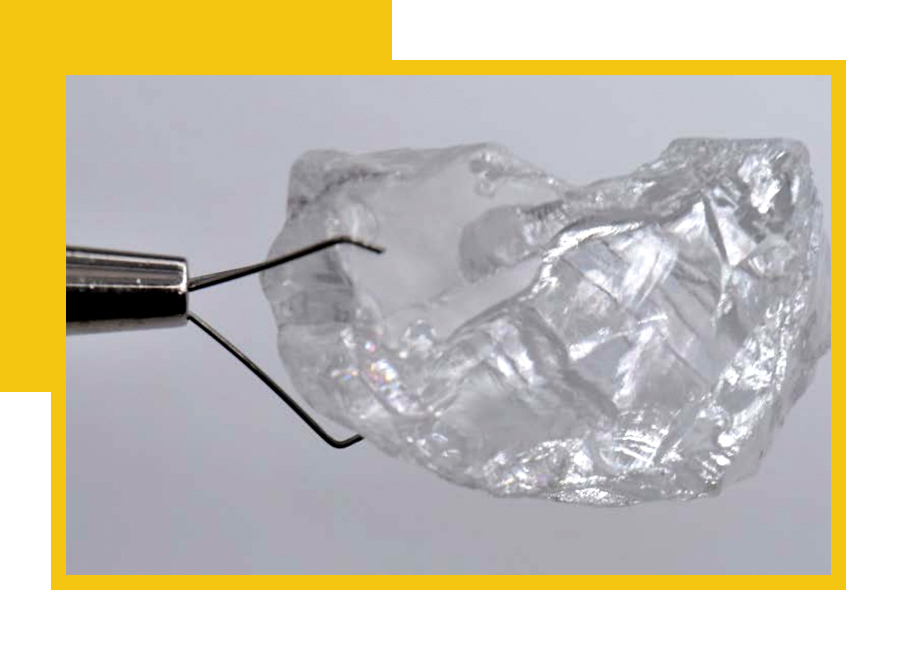Natural diamonds and lab-grown diamonds are both made of carbon atoms arranged in a crystal lattice structure, but they differ in their origin and formation processes. Here are the key differences between natural and lab-grown diamonds:
Formation: Natural diamonds are formed deep within the Earth’s mantle under high temperature and pressure conditions over millions of years. They are brought to the Earth’s surface through volcanic eruptions. In contrast, lab-grown diamonds are created in a laboratory setting using various techniques that replicate the natural diamond-growing process.
Timeframe: Natural diamonds take millions of years to form, while lab-grown diamonds can be produced within a few weeks to a few months, depending on the method used.
Origin: Natural diamonds are mined from the Earth’s crust, typically through open-pit or underground mining. They are a limited resource and require extensive mining operations. Lab-grown diamonds, as the name suggests, are created in laboratories through high-pressure, high-temperature (HPHT) or chemical vapor deposition (CVD) methods. They are a product of human technology.
Purity and Clarity: Both natural and lab-grown diamonds can be chemically and optically identical. However, lab-grown diamonds often have fewer impurities compared to natural diamonds since they are grown under controlled conditions. This can result in higher clarity grades for lab-grown diamonds.
Size and Availability: Natural diamonds can vary greatly in size and quality, and large, high-quality natural diamonds are rare and valuable. Lab-grown diamonds can be produced in larger sizes more consistently, and their availability is not limited by natural occurrences.
Cost: Traditionally, natural diamonds have been more expensive due to their rarity and the cost associated with mining and distribution. Lab-grown diamonds, on the other hand, tend to be more affordable, although their price can still vary depending on factors like size, quality, and market demand.
Ethical and Environmental Considerations: Natural diamond mining can have social and environmental impacts, including habitat destruction and human rights concerns in some regions. Lab-grown diamonds are often seen as a more ethical and environmentally friendly alternative as they require less land disruption and have a reduced carbon footprint.
It’s worth noting that both natural and lab-grown diamonds have their own unique characteristics and appeal. The choice between them ultimately depends on personal preferences, budget, and individual values.





